Home>Gardening & Outdoor>Landscaping Ideas>How To Kill Fungus In Grass
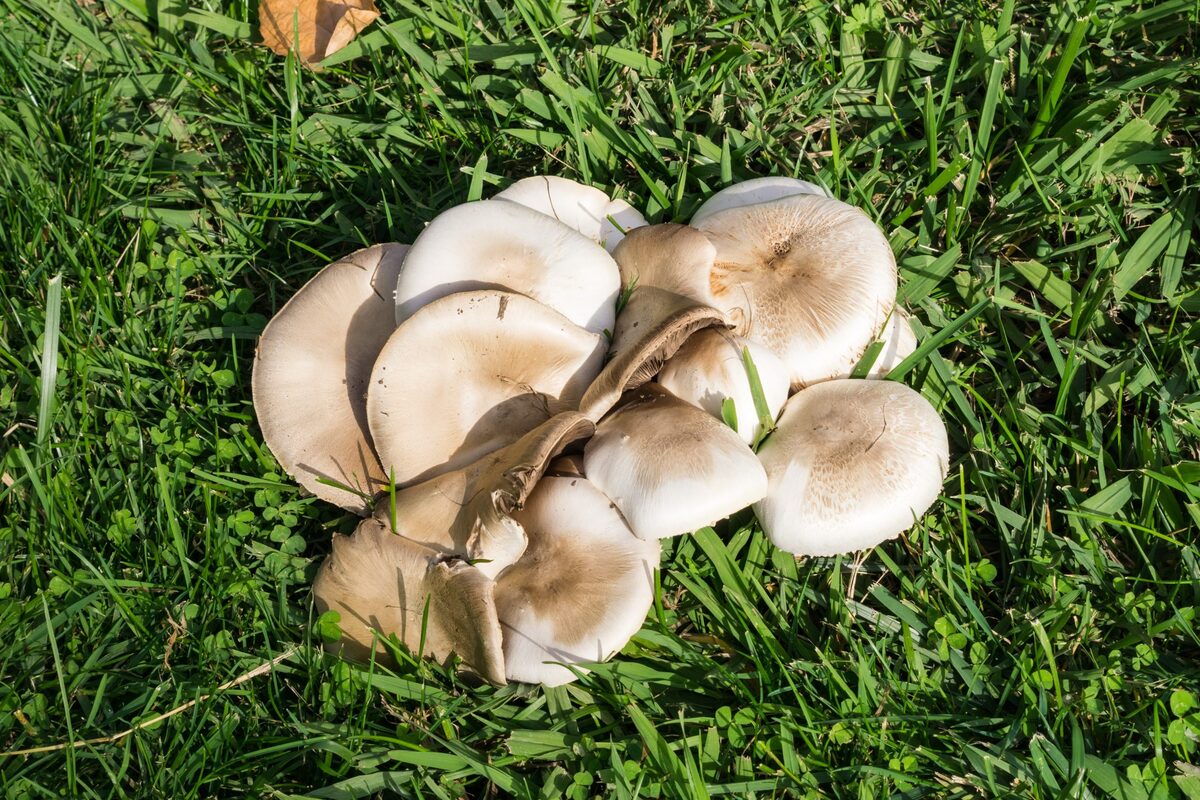

Landscaping Ideas
How To Kill Fungus In Grass
Modified: August 17, 2024
Learn effective landscaping ideas to kill fungus in grass and restore your lawn's health. Discover expert tips and solutions for a fungus-free lawn.
(Many of the links in this article redirect to a specific reviewed product. Your purchase of these products through affiliate links helps to generate commission for Storables.com, at no extra cost. Learn more)
Introduction
Maintaining a lush, green lawn can be a source of pride and joy for homeowners, but the presence of unsightly fungal infections can quickly turn this dream into a nightmare. Fungal infections in grass are a common issue that can wreak havoc on the health and aesthetics of your lawn. However, armed with the right knowledge and strategies, you can effectively combat and prevent these pesky invaders.
In this comprehensive guide, we will delve into the world of fungal infections in grass, exploring the various types of fungi that can plague your lawn, identifying their telltale signs, and providing actionable steps to eradicate and prevent their recurrence. By understanding the underlying causes and implementing targeted solutions, you can reclaim the vibrancy of your grass and enjoy a thriving outdoor space.
So, let's roll up our sleeves and embark on a journey to conquer fungal infections in grass, arming ourselves with the expertise needed to revive and maintain a healthy, disease-free lawn.
Key Takeaways:
- Fungal infections in grass can ruin your lawn’s health and appearance. Prevent them by adjusting watering, improving air circulation, and using disease-resistant grass varieties.
- Combat fungal infections with targeted treatments like fungicides and soil improvements. Stay vigilant, intervene early, and maintain a holistic lawn care routine for a healthy, fungus-free lawn.
Read more: What Is Grass Fungus
Understanding Fungal Infections in Grass
Before delving into the specifics of combating fungal infections in grass, it’s crucial to grasp the fundamental nature of these insidious invaders. Fungi are microscopic organisms that thrive in warm, moist environments, making lawns an ideal breeding ground under the right conditions. When left unchecked, fungal infections can spread rapidly, causing discoloration, wilting, and even death of the grass.
One of the key factors contributing to fungal infections in grass is excessive moisture. Whether due to overwatering, poor drainage, or prolonged periods of rain, moisture creates a hospitable environment for fungi to flourish. Additionally, compacted soil, inadequate air circulation, and improper mowing practices can further exacerbate the risk of fungal outbreaks.
Understanding the lifecycle of fungi is also essential for effective management. Fungal spores can remain dormant in the soil for extended periods, awaiting the opportune moment to germinate and wreak havoc on your lawn. Once activated, these spores can rapidly colonize the grass, leading to visible symptoms of infection.
Furthermore, different types of fungi exhibit varying modes of infection and symptoms, necessitating a nuanced approach to diagnosis and treatment. By familiarizing yourself with the distinct characteristics of common fungal culprits, you can better equip yourself to combat their encroachment and safeguard the vitality of your grass.
Armed with this foundational understanding of fungal infections in grass, we are primed to delve into the specific types of fungi that commonly afflict lawns, enabling us to identify and address their presence with precision and efficacy.
Identifying Common Types of Fungal Infections in Grass
When it comes to preserving the health and beauty of your lawn, recognizing the signs of fungal infections is paramount. By familiarizing yourself with the distinct characteristics of common fungal culprits, you can swiftly intervene and implement targeted measures to mitigate their impact. Here are some prevalent types of fungal infections that frequently afflict grass:
- Brown Patch: This widespread fungal disease, caused by the Rhizoctonia species, manifests as circular, discolored patches ranging from a few inches to several feet in diameter. The affected grass typically wilts and turns a light brown or yellowish hue, creating unsightly blemishes across the lawn.
- Powdery Mildew: Recognizable by its powdery, white coating on the grass blades, powdery mildew is caused by various fungal species. It thrives in shaded areas with limited airflow and can weaken the grass, leading to stunted growth and a lackluster appearance.
- Dollar Spot: Characterized by small, silver-dollar-sized lesions on the grass blades, dollar spot is caused by the Sclerotinia homoeocarpa fungus. These lesions may initially appear water-soaked before progressing to a bleached or straw-colored state, imparting a patchy and unkempt look to the lawn.
- Fusarium Patch: Also known as snow mold, this fungal disease is prevalent in cool, wet conditions. It presents as circular or irregular patches of matted, straw-colored grass, often accompanied by pink or purplish fungal growth on the affected areas.
Identifying these common types of fungal infections is the first step toward effective intervention. By closely inspecting your lawn for telltale signs such as discoloration, lesions, and unusual growths, you can promptly diagnose the presence of fungal invaders and take targeted action to mitigate their impact.
Moreover, understanding the environmental conditions conducive to each type of fungal infection can aid in preemptive measures to minimize their likelihood. By proactively addressing factors such as moisture levels, shade, and airflow, you can create an inhospitable environment for fungi, bolstering the resilience of your grass against potential outbreaks.
Armed with this knowledge, you are empowered to be vigilant in monitoring your lawn for signs of fungal infections, enabling you to intervene swiftly and decisively to preserve its vitality and visual appeal.
To kill fungus in grass, improve air circulation by trimming back overhanging trees and shrubs. Also, avoid watering in the evening to prevent excess moisture.
Preventative Measures for Fungal Infections in Grass
While combating fungal infections in grass is crucial, preemptive measures play a pivotal role in fortifying your lawn against potential outbreaks. By implementing proactive strategies to create an inhospitable environment for fungi, you can significantly reduce the risk of infection and maintain the health and vibrancy of your grass. Here are some effective preventative measures to safeguard your lawn:
- Optimal Watering Practices: Avoid overwatering your lawn, as excessive moisture creates an ideal habitat for fungal growth. Instead, water deeply and infrequently, preferably in the early morning to allow the grass to dry thoroughly during the day, minimizing the opportunity for fungi to proliferate.
- Improving Air Circulation: Promote airflow within your lawn by trimming back overhanging branches, thinning dense foliage, and aerating the soil to alleviate compaction. Enhanced air circulation inhibits the stagnation of moisture and helps prevent the onset of fungal infections.
- Maintaining Optimal Soil Conditions: Regularly assess and amend the soil pH and nutrient levels to create an environment conducive to healthy grass growth. Well-nourished grass is more resilient against fungal attacks, making soil testing and appropriate fertilization essential components of preventative lawn care.
- Proper Lawn Maintenance: Adhere to proper mowing practices, ensuring that the grass is maintained at an optimal height to minimize stress and vulnerability to fungal infections. Additionally, promptly remove thatch buildup and debris to eliminate potential breeding grounds for fungi.
- Applying Fungicides Preventatively: Consider using fungicidal treatments as a preemptive measure, particularly in areas prone to recurring fungal infections. Selective application of fungicides can create a protective barrier against fungal spores, bolstering the resilience of your lawn.
- Resilient Grass Varieties: When establishing or overseeding your lawn, opt for grass varieties known for their resistance to prevalent fungal diseases in your region. Consult with local experts or nurseries to identify suitable grass species that can withstand common fungal challenges.
By integrating these preventative measures into your lawn care regimen, you can proactively mitigate the risk of fungal infections and cultivate a robust, disease-resistant lawn. Vigilance, attentiveness to environmental conditions, and proactive interventions are key elements in nurturing a healthy and flourishing grassscape.
Treatment Options for Eliminating Fungus in Grass
When fungal infections encroach upon your lawn, swift and targeted intervention is essential to halt their spread and restore the vitality of your grass. Employing effective treatment options can help eliminate existing fungal infestations and prevent their resurgence, allowing your lawn to thrive once more. Here are several strategies for eradicating fungus in grass:
- Fungicidal Treatments: Utilize fungicidal products specifically formulated to combat the identified fungal infection. Selective application of fungicides can effectively target and eliminate the invading fungi, arresting their progression and facilitating the recovery of the affected grass.
- Aerating and Dethatching: Improve soil drainage and airflow by aerating the lawn to alleviate compaction and dethatching to eliminate accumulated organic debris. These practices create an inhospitable environment for fungi and promote the recovery of the grass.
- Pruning and Thinning: Trim overhanging branches and thin dense foliage to enhance sunlight penetration and airflow, reducing the damp, shaded areas where fungal infections thrive. This can aid in the natural recovery of the grass and prevent future outbreaks.
- Adjusting Watering Practices: If overwatering has contributed to the fungal infection, adjust your watering schedule to minimize moisture accumulation. Allowing the grass to dry out between watering sessions can impede the proliferation of fungi and support the recovery process.
- Applying Organic Amendments: Incorporate organic matter into the soil to enhance its structure and nutrient content, fostering the resilience of the grass and promoting its ability to withstand fungal pressures.
- Reseeding and Renovation: In severe cases of fungal damage, reseeding or renovating the affected areas may be necessary to rejuvenate the lawn. Select disease-resistant grass varieties and follow proper seeding and maintenance practices to establish healthy, resilient growth.
It is essential to tailor the treatment approach to the specific type of fungal infection and the extent of its impact on the lawn. By combining targeted interventions with proactive measures to address underlying environmental factors, you can effectively eliminate fungal infestations and fortify your lawn against future threats.
Furthermore, ongoing vigilance and attentive lawn care practices are crucial to sustaining a healthy, fungus-free lawn. Regular monitoring, prompt intervention at the first signs of infection, and a holistic approach to lawn maintenance are integral to preserving the long-term health and beauty of your grass.
Read more: How To Get Rid Of Fungus In Grass
Conclusion
Combatting fungal infections in grass demands a multifaceted approach that encompasses understanding, prevention, and targeted intervention. By familiarizing yourself with the common types of fungal culprits and their telltale signs, you can swiftly identify and address their presence, safeguarding the health and aesthetics of your lawn.
Preventative measures play a pivotal role in fortifying your lawn against potential fungal outbreaks. From optimizing watering practices and enhancing air circulation to maintaining optimal soil conditions and selecting resilient grass varieties, proactive strategies create an inhospitable environment for fungi, reducing the risk of infection and preserving the vitality of your grass.
When fungal infections do arise, swift and targeted treatment options can effectively eliminate the invaders and facilitate the recovery of the affected grass. Whether through fungicidal treatments, soil improvements, pruning, or reseeding, tailored interventions can halt the spread of fungi and restore the lush green expanse of your lawn.
Ultimately, sustaining a healthy, fungus-free lawn necessitates ongoing vigilance and attentive lawn care practices. Regular monitoring, prompt intervention at the first signs of infection, and a holistic approach to maintenance are integral to preserving the long-term health and beauty of your grass.
Armed with the knowledge and strategies outlined in this guide, you are empowered to conquer fungal infections in grass, reclaiming the vibrancy of your lawn and cultivating an outdoor space that is as resilient as it is visually stunning. By nurturing a thriving, fungus-free grassscape, you can revel in the beauty of your lawn and create a welcoming environment for leisure and relaxation.
So, roll up your sleeves, embrace the role of a vigilant steward, and embark on a journey to conquer fungal infections, ensuring that your lawn flourishes as a testament to your care and dedication.
Frequently Asked Questions about How To Kill Fungus In Grass
Was this page helpful?
At Storables.com, we guarantee accurate and reliable information. Our content, validated by Expert Board Contributors, is crafted following stringent Editorial Policies. We're committed to providing you with well-researched, expert-backed insights for all your informational needs.

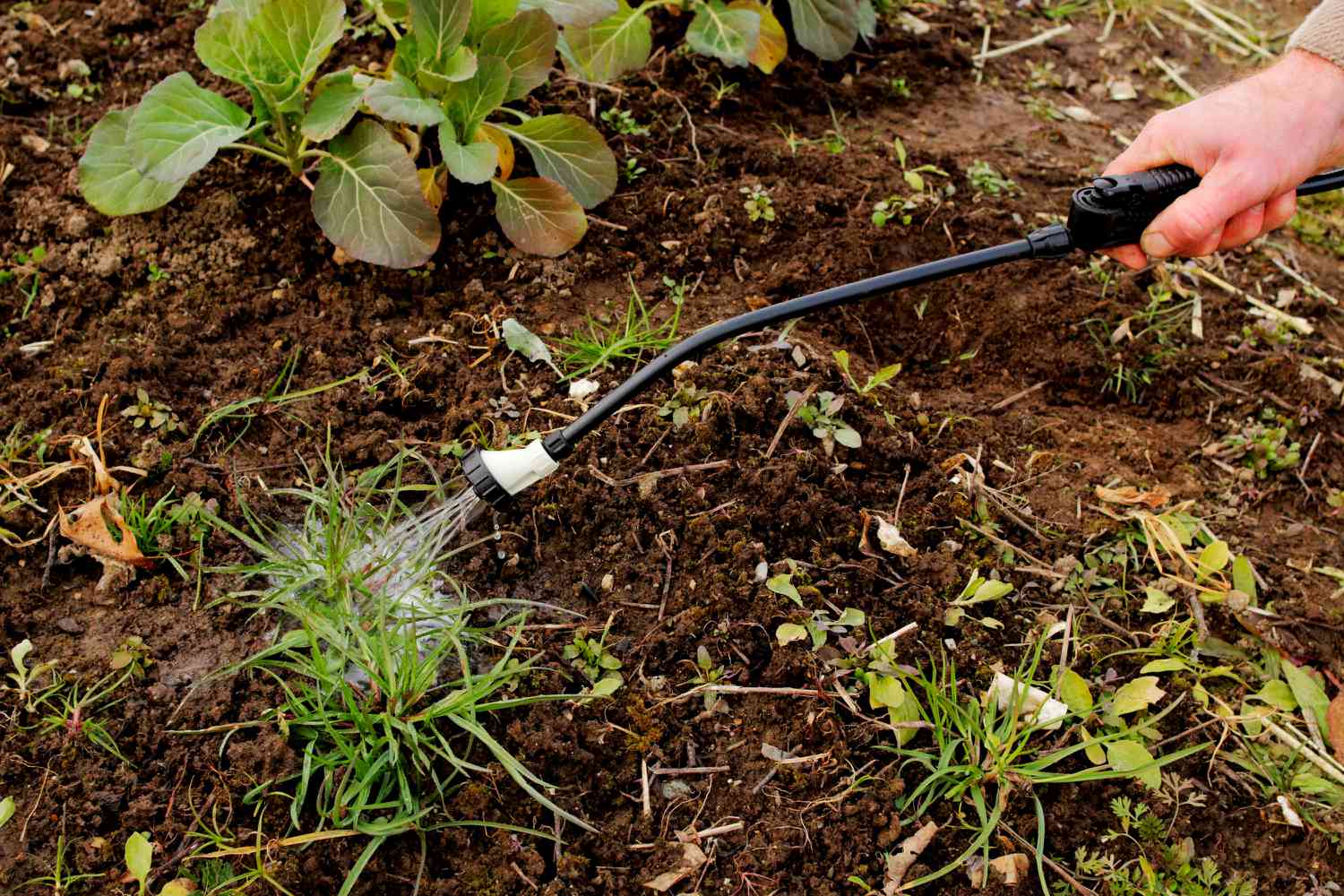
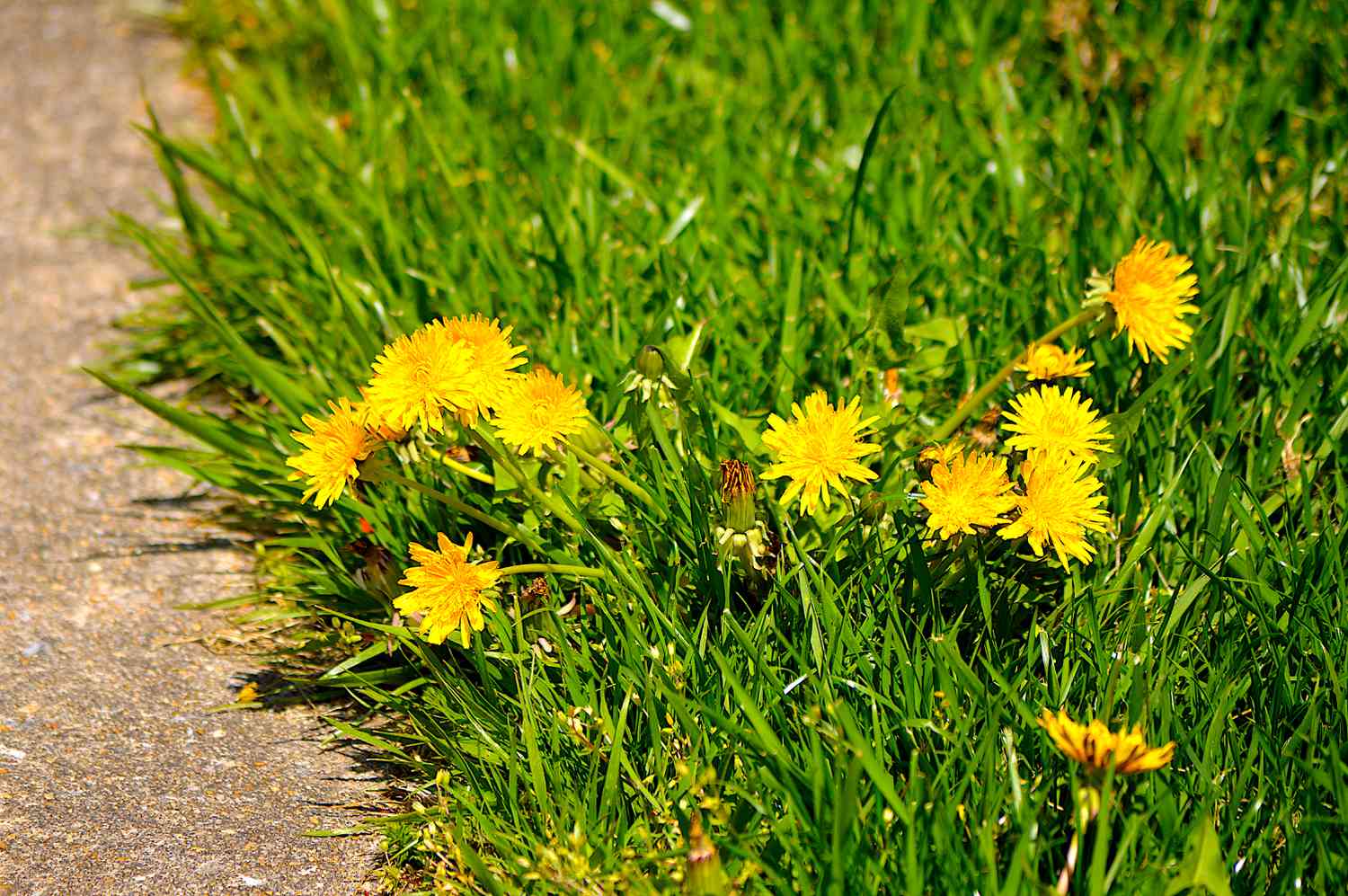
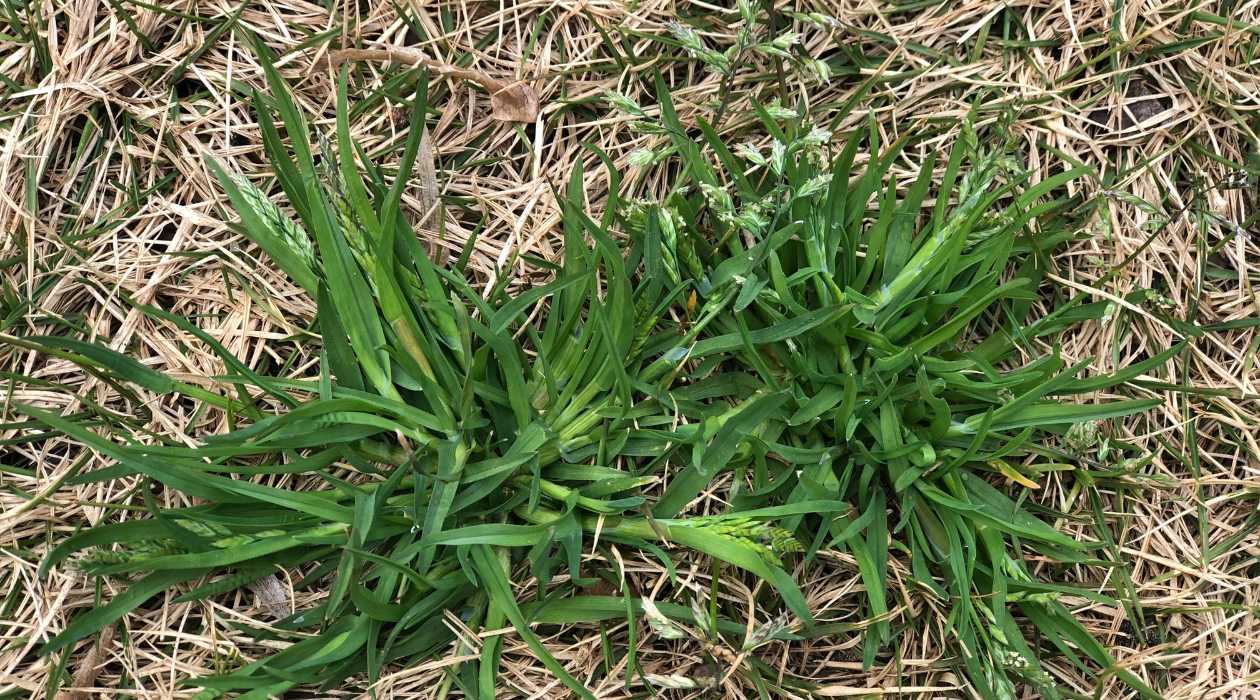
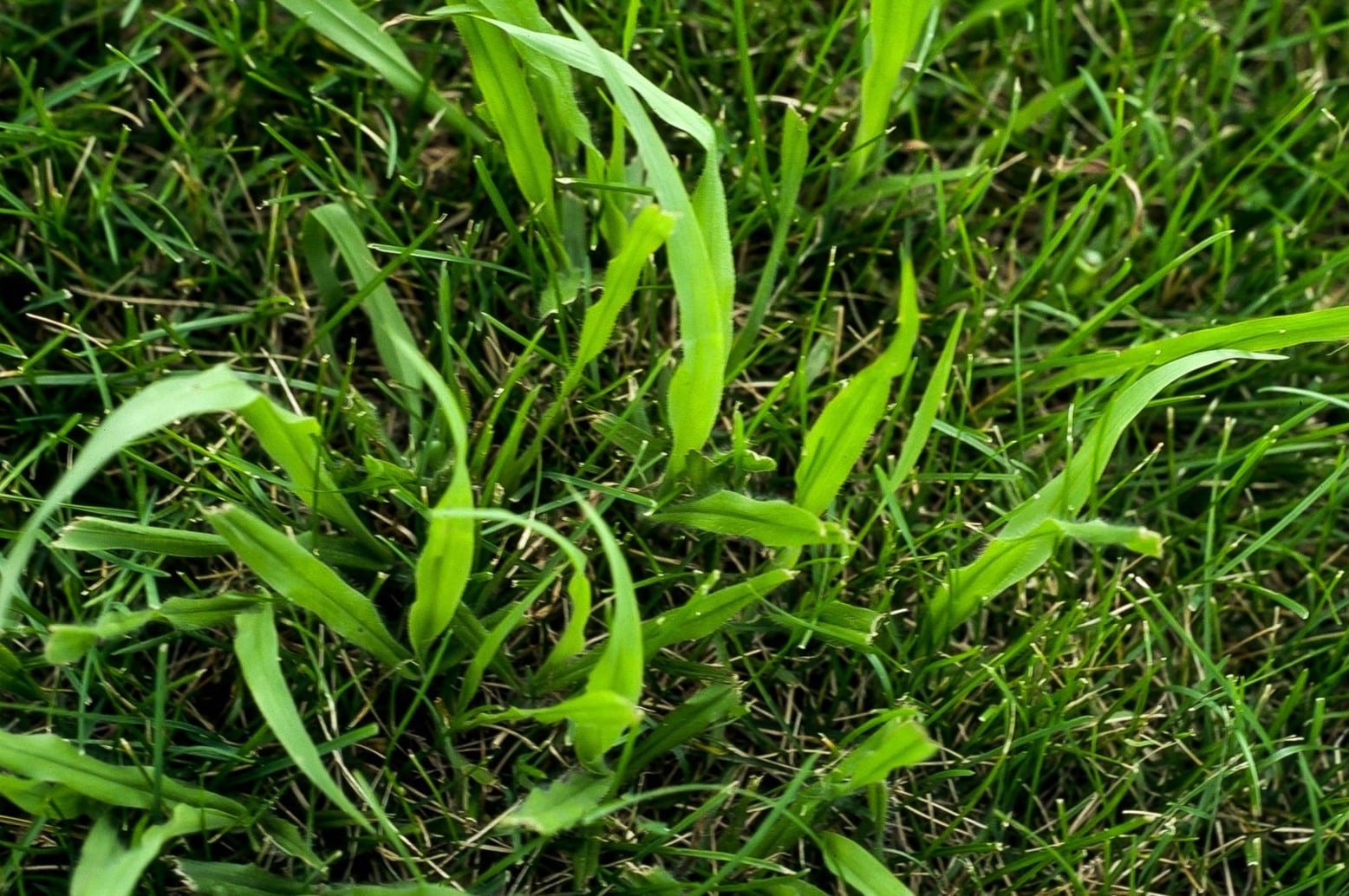
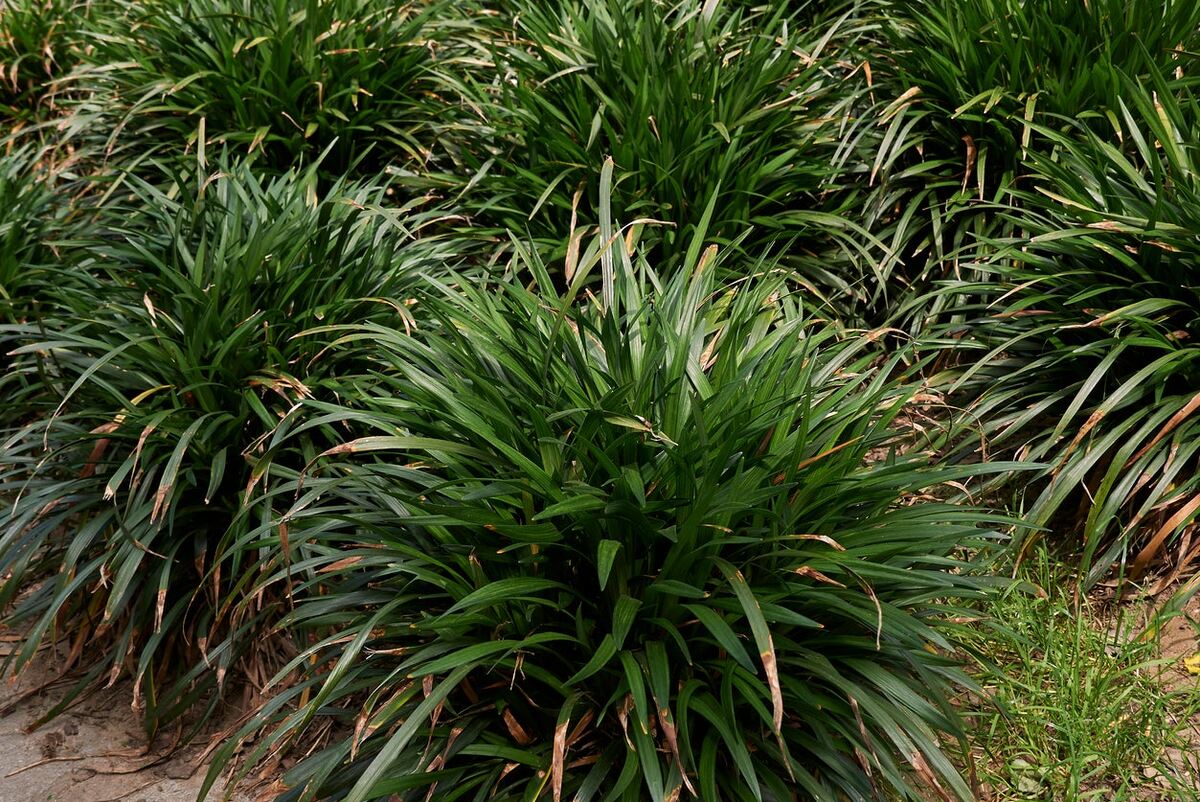
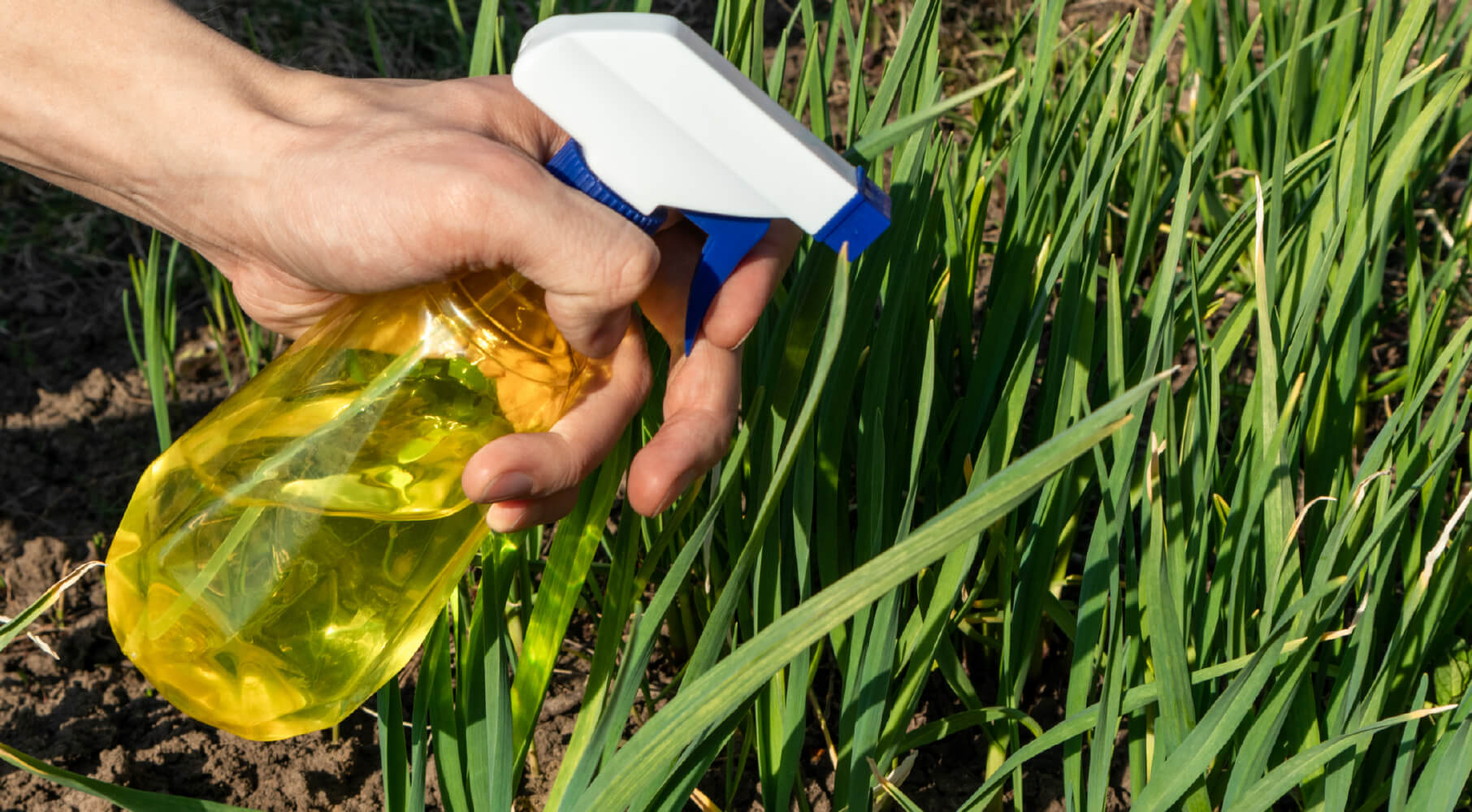
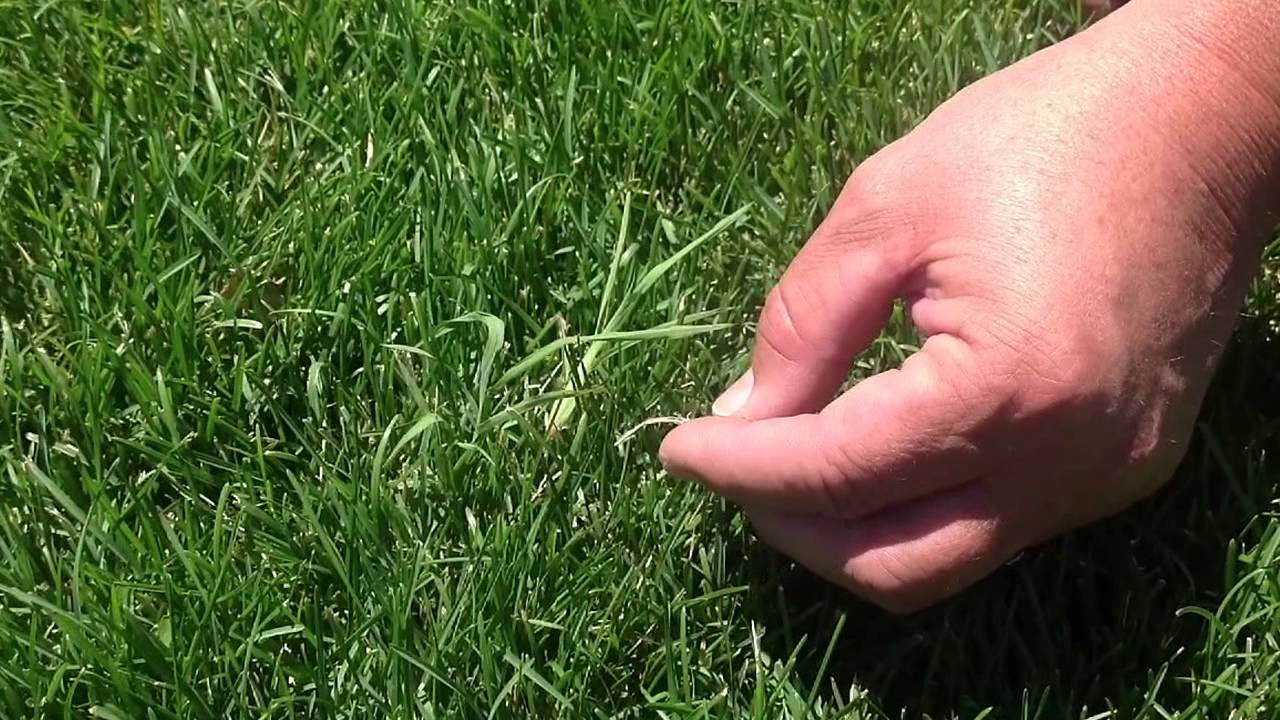
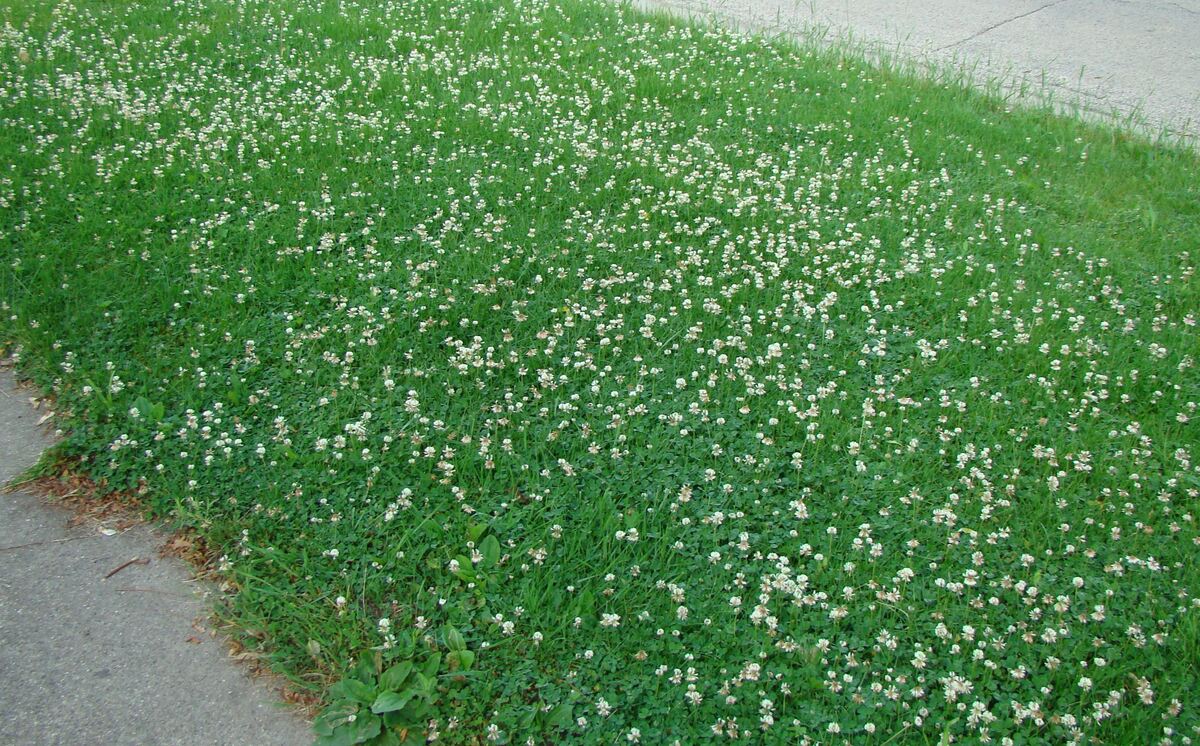
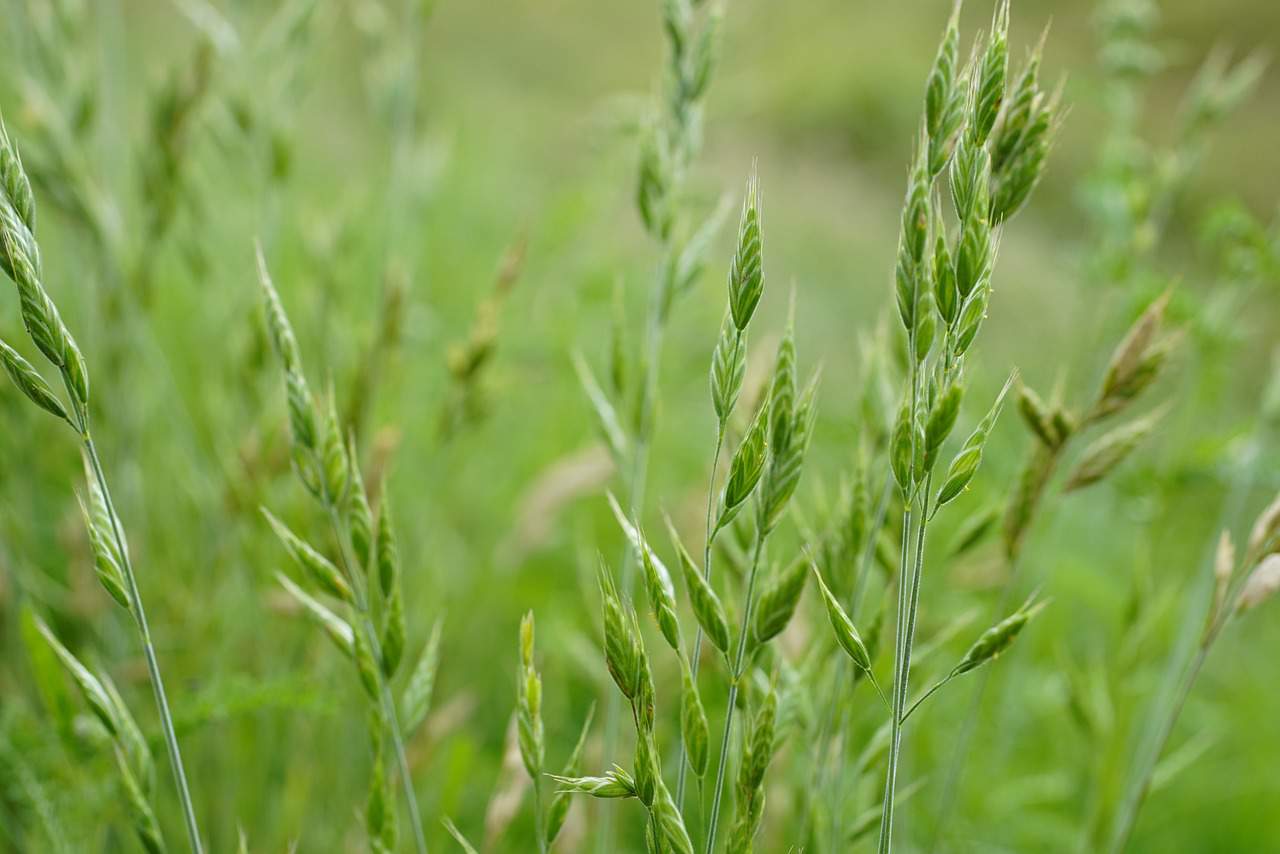
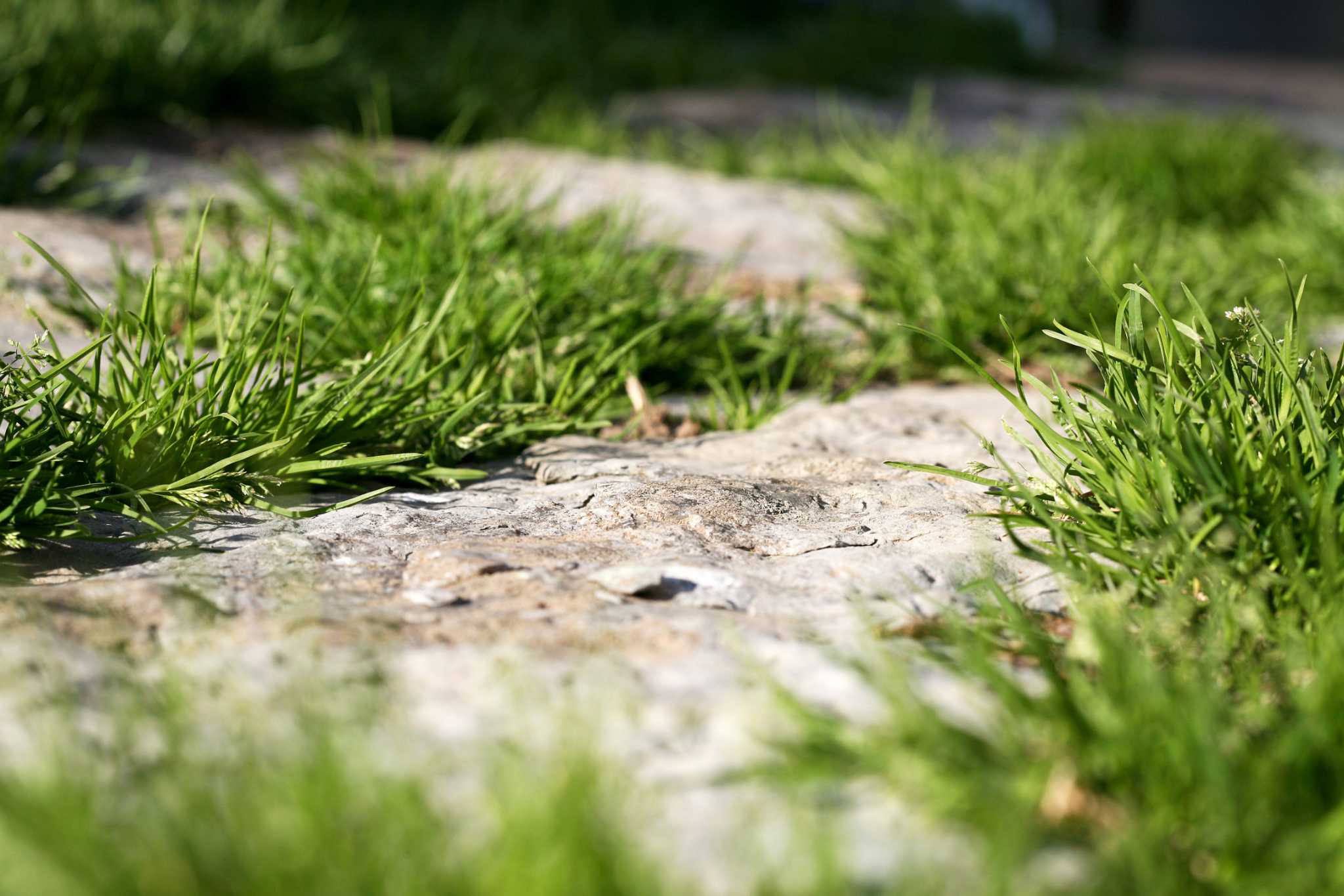
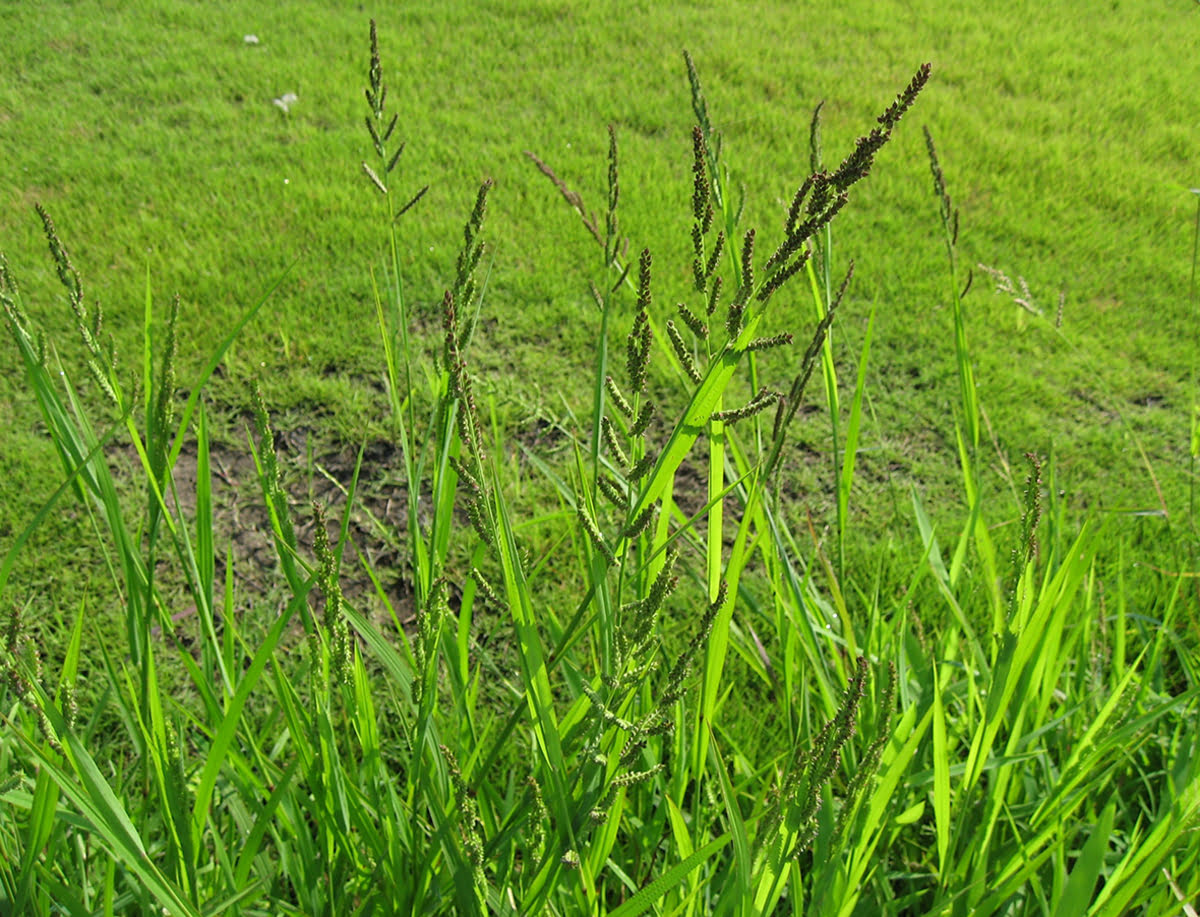

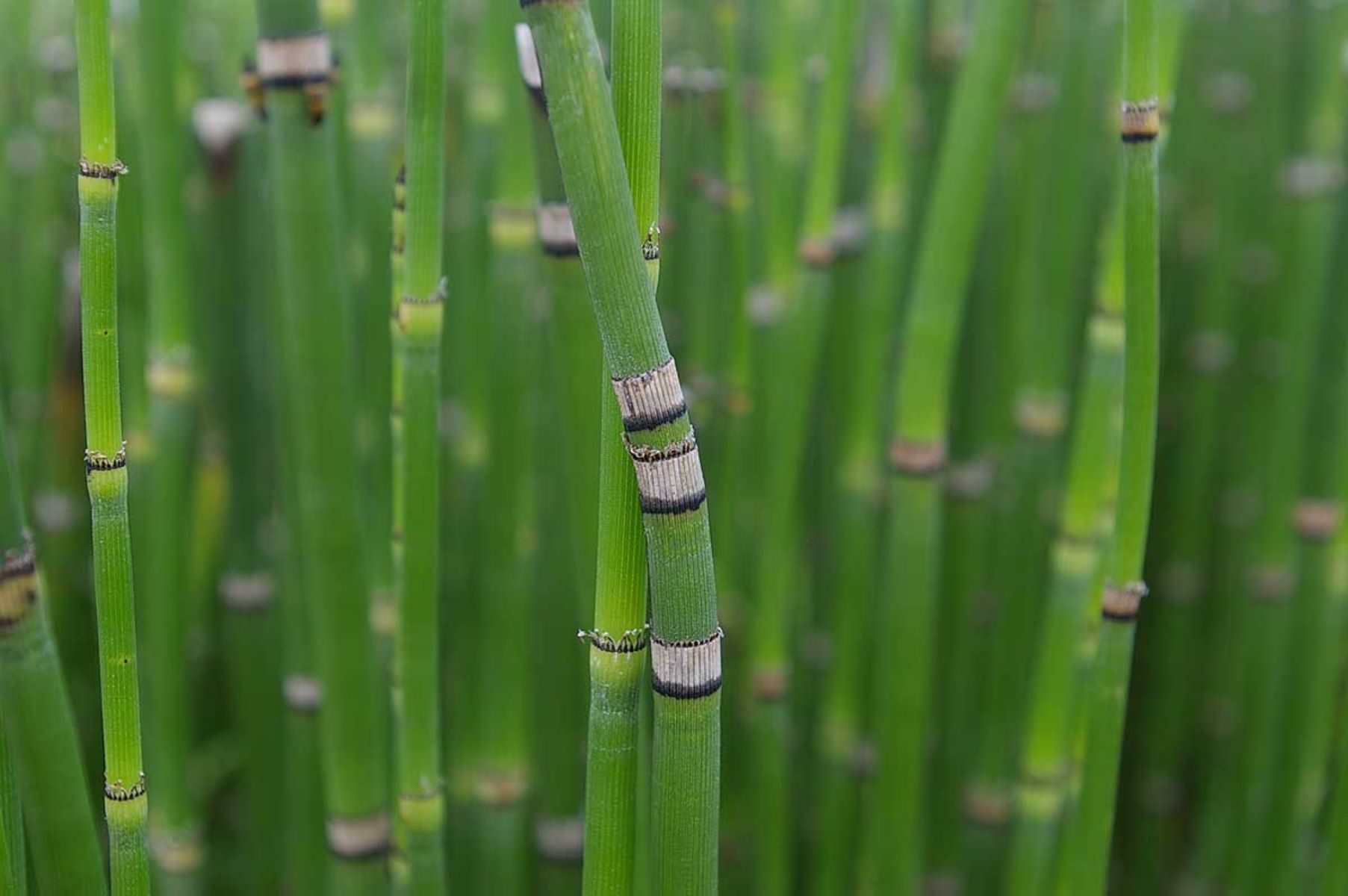

0 thoughts on “How To Kill Fungus In Grass”